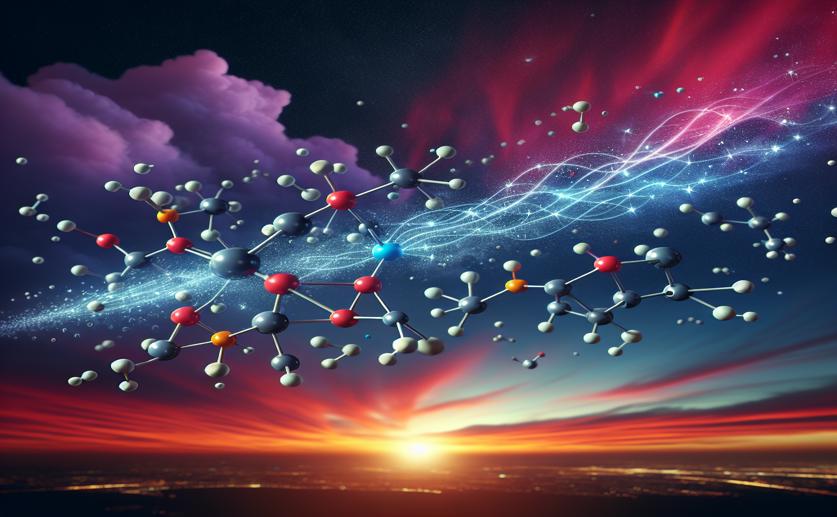
How Certain Molecules Speed Up Hydrogen Transfer in Air Pollution Reactions
Jim Crocker
30th January, 2024

Image Source: Natural Science News, 2024
References
Main Study
1) Nature or number of species in a transition state: the key role of catalytically active molecules in hydrogen transfer stages in atmospheric aldehyde reactions.
Published 30th January, 2024
https://doi.org/10.1039/d3cp04500e



 25th January, 2024 | Greg Howard
25th January, 2024 | Greg Howard